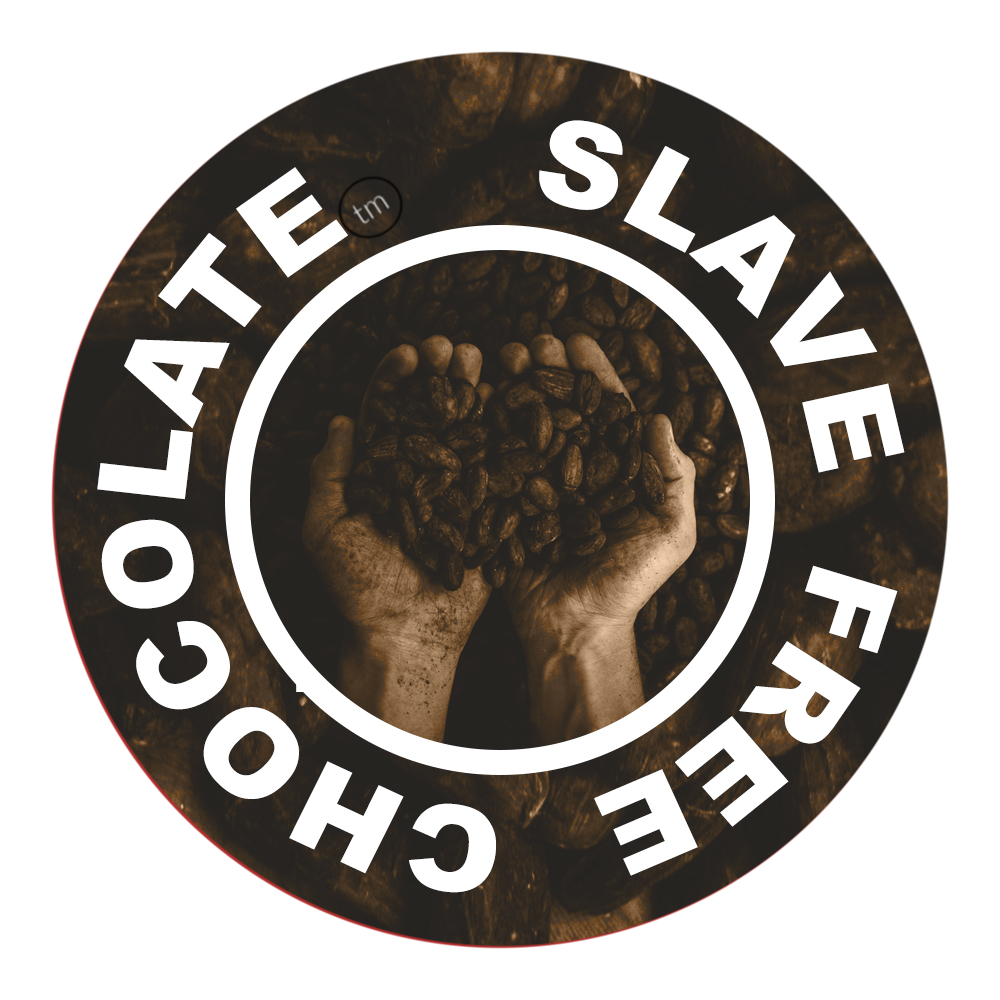Ending Slavery in Cacao

Traditions of Slavery in Cacao Continue:
The colonial model of enslavement on cacao farms continues to this day.
Today children are being internationally trafficked and enslaved on cacao farms
The number of children enslaved on cacao farms continues to increase.
Child Slave Labor Economics:
The chocolate industry is dominated by a few large corporations that are able to negotiate unsustainably low prices on cocoa beans as they prioritize return on investment to their shareholders.
The unsustainably low costs to cacao farm owners, who have high labor requirements on their cacao farms underpin the unsustainable labor and labor practices on cacao farms.
This allows these large, profitable chocolate corporations to make and sell products at costs that do not capture all costs (referred to as economic externalities) including the costs to and opportunity cost** of farm owners, farm-workers, etc.
These corporations have publicly admitted for decades of knowing about child enslavement and other human rights abuses on the cacao farms they buy from and are aware that child slavery is still in place on cacao farms they buy from.
These negative externalities are increasing as more children continue to be trafficked and enslaved on cacao farms.
Affiliations, financial payments, and other ways that are benefitting these corporations are not transparently available to easily understand the full extent of this problem.
Traceability of products made with enslaved child labor cacao beans is not easily traceable (some products may have cross-contamination on shared equipment or shared facilities).
Motivation to Change:
Calculating the true costs of eliminating enslaved child labor in cacao (higher costs to farm owners for cacao beans, etc.) should also consider the many benefits of transparently keeping enslaved child labor of cacao.
Non-monetary benefits to brand, goodwill, and other assets impact total shareholder return on investment.
Although many attempts have been through the judicial system (including a case against Nestle and Cargill currently under review by the Supreme Court of the United States that indichocolate is a signee on the Amicus Brief), former child slaves on cacao farms have not been able to have their day in court.
Legal costs, lack of consumer trust, negative impacts on brand, consumer boycotts, and other costs continue to increase pressure on these corporations to change.
Additional legal options (such as shareholder suits, new legally enforceable legislation, etc.) may be available.
Government options may also consider not allowing the importation of slavery-related products entering the United States and the associated economic impacts to US companies that do not use cacao related child enslaved cacao.
These are just some of the tools and levers to help end slavery in cacao.
For more information about slavory in chocolate please visit www.slavefreechocolate.org



